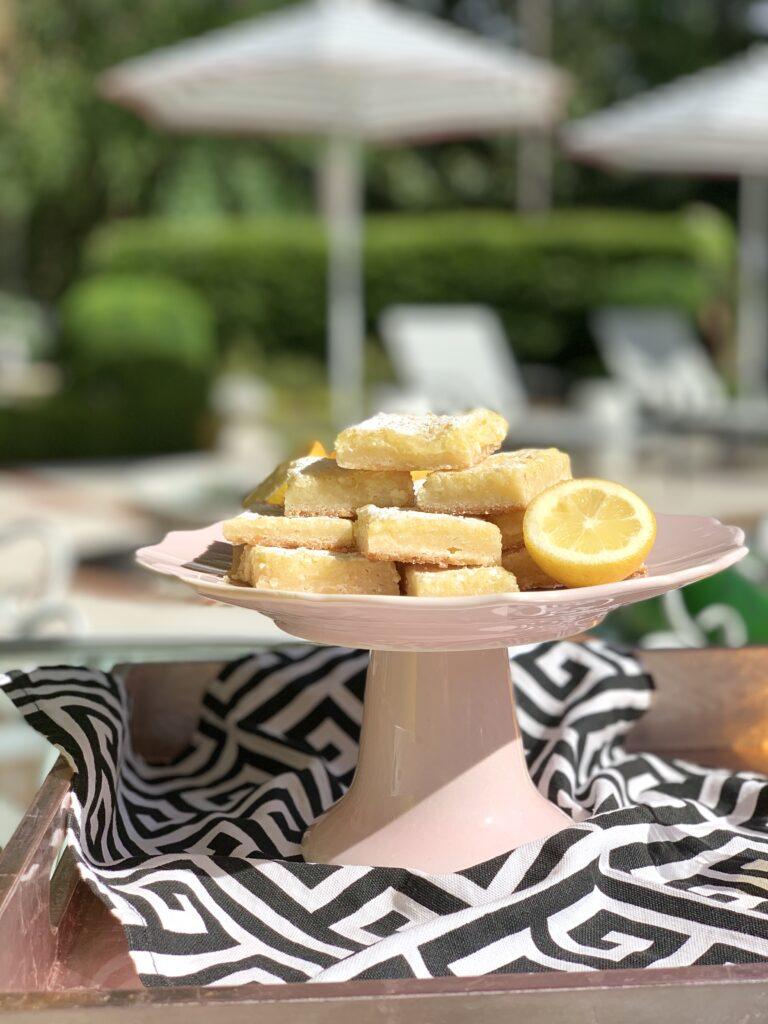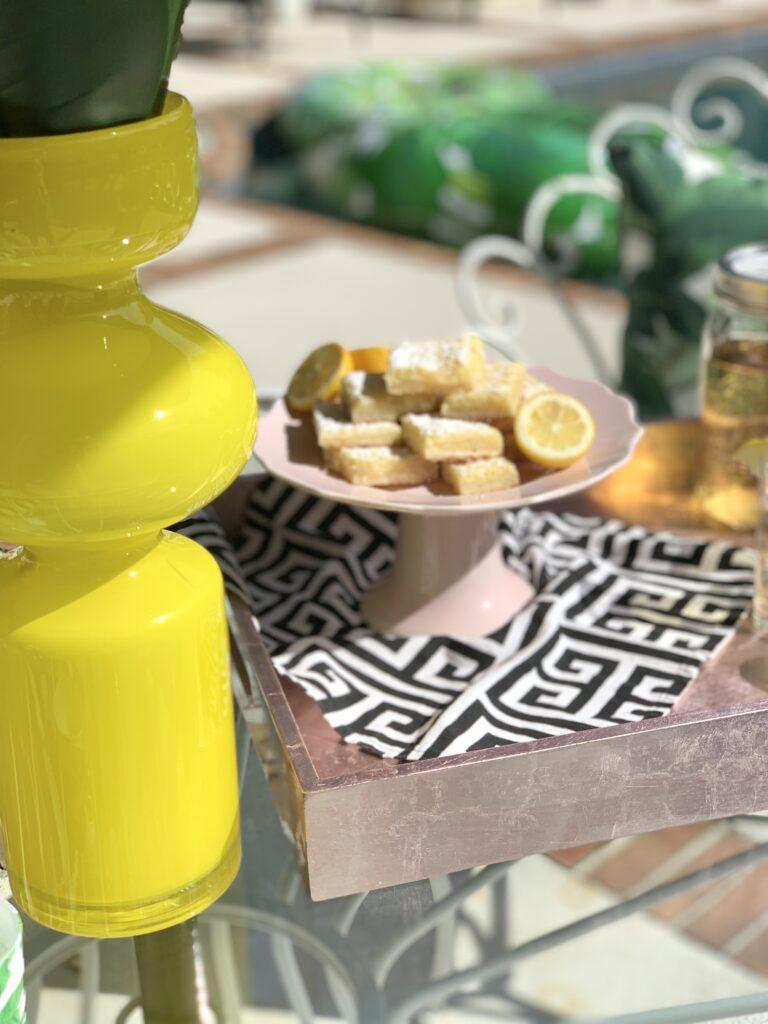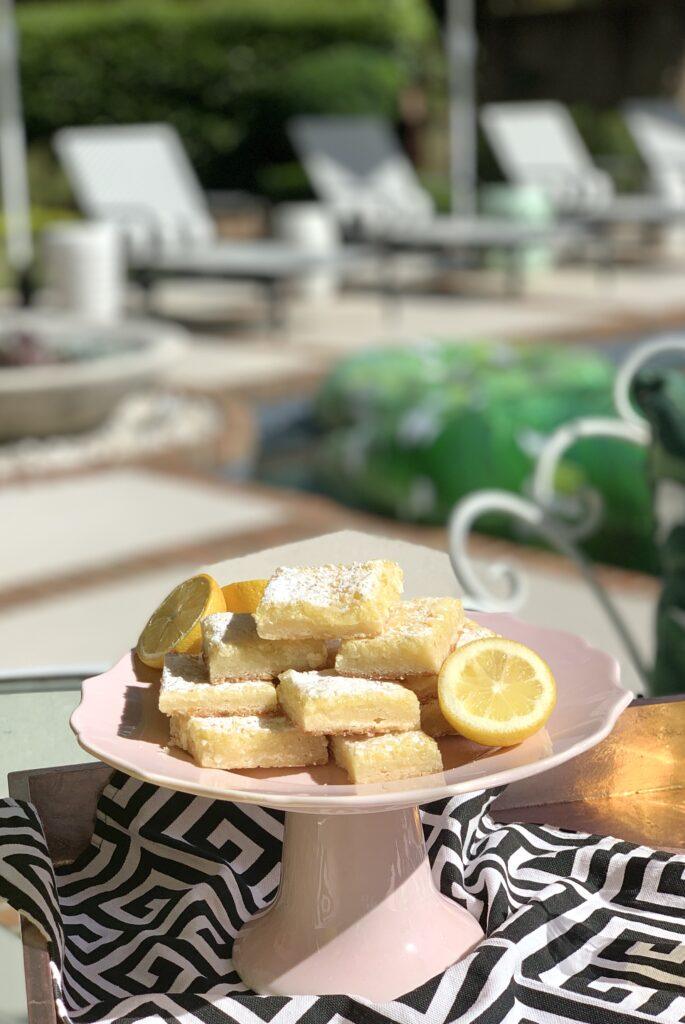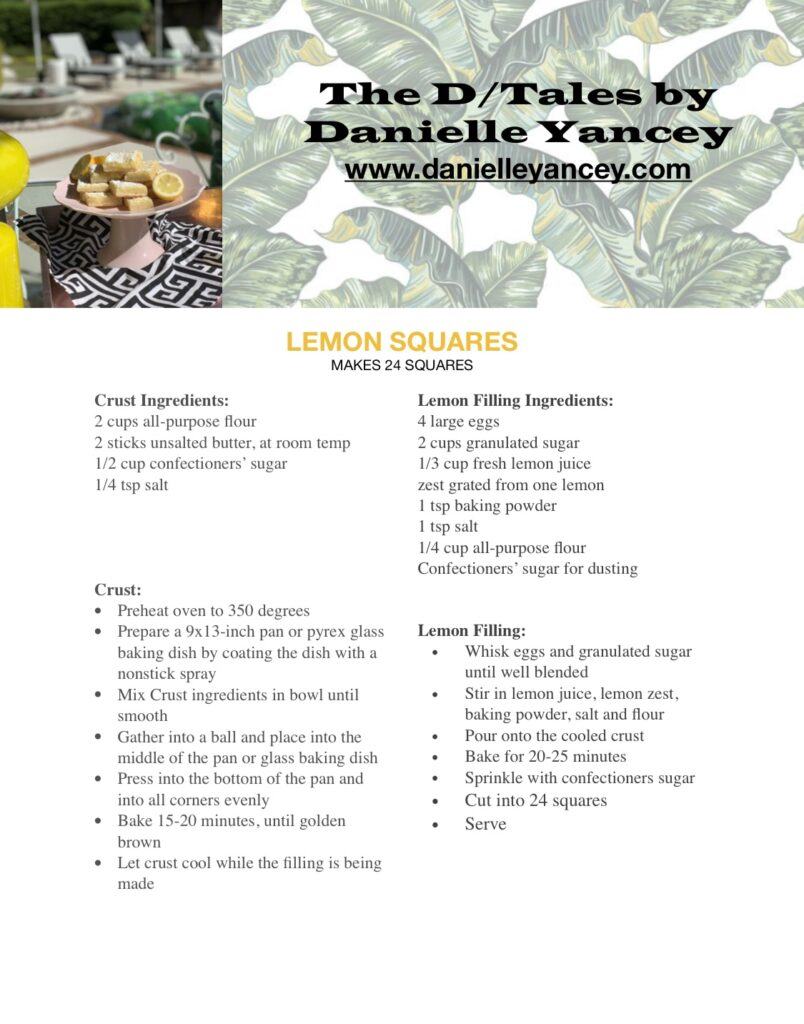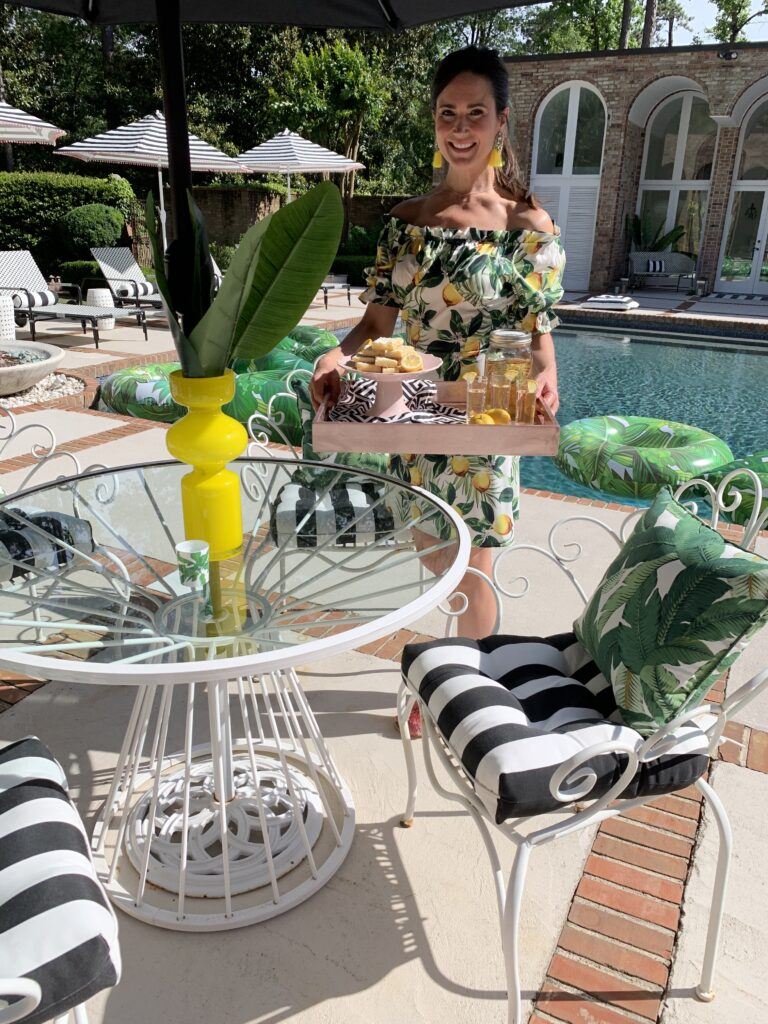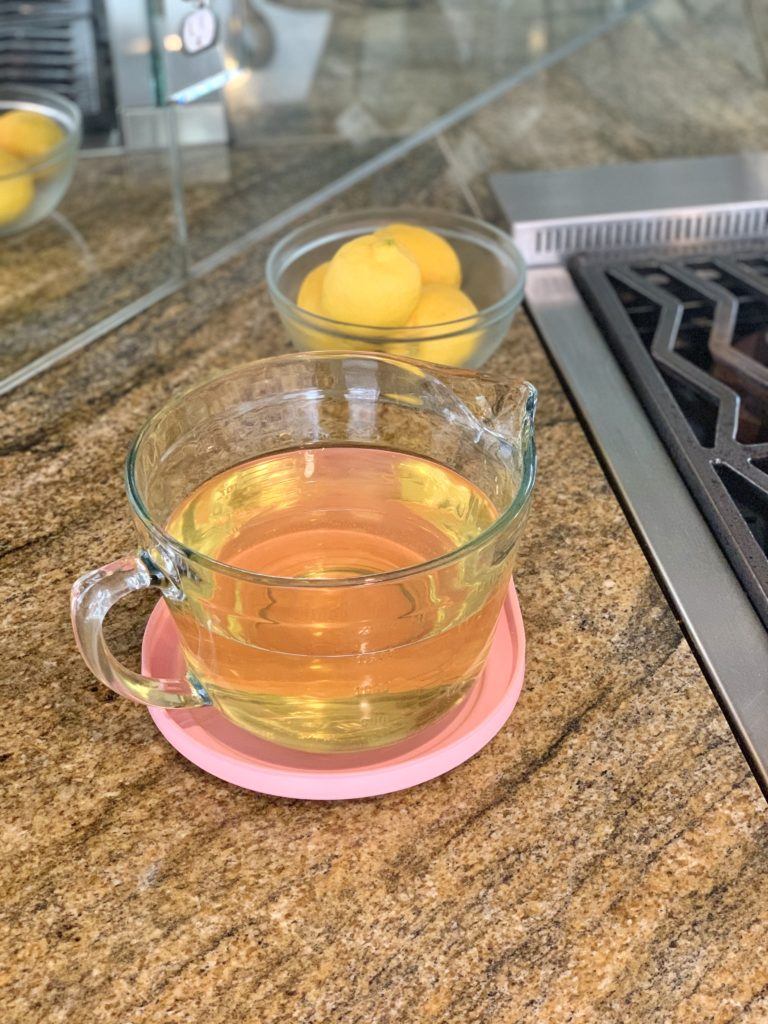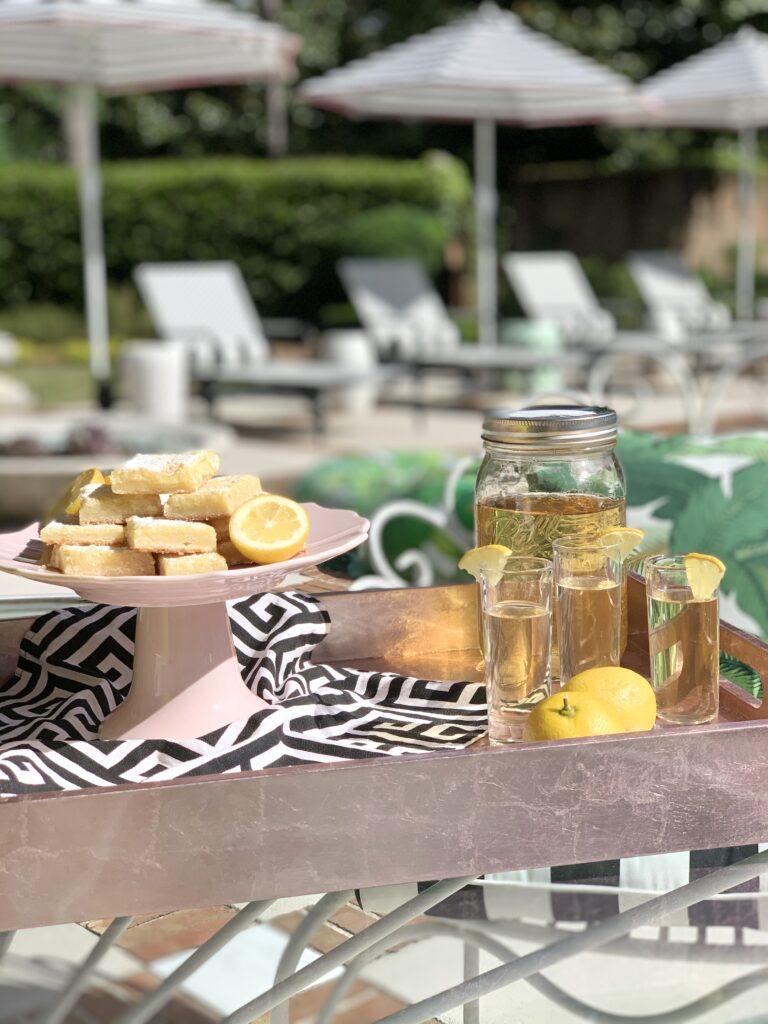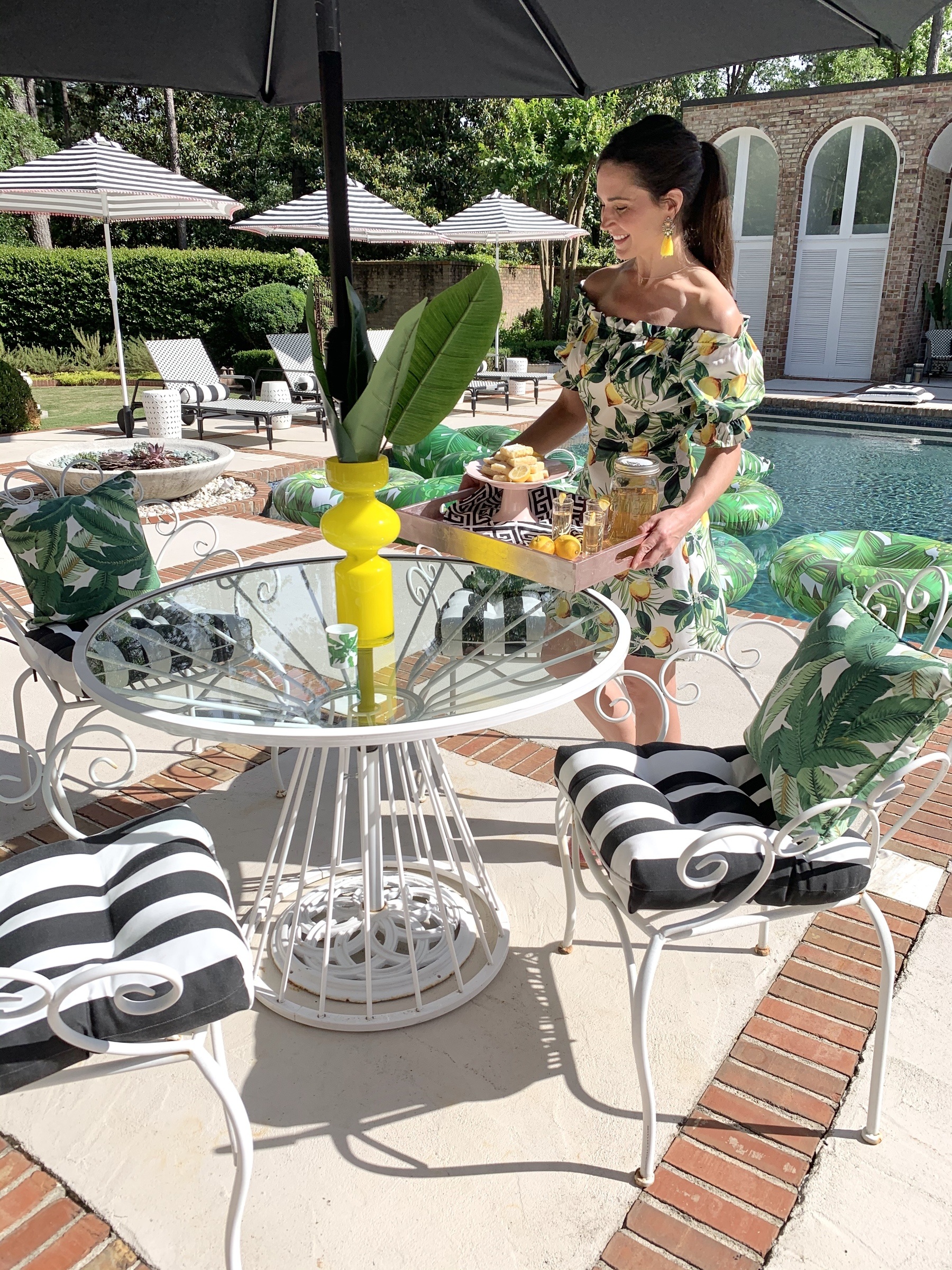
26 May How to Make Limoncello
Limoncello
Have you ever watched the movie, Under the Tuscan Sun? In this charming movie, the lead character, Frances Mayes, moves to a small town in Tuscany where she is remodeling a recently purchased villa, Bramasole. There is a scene in the movie when Frances takes a road trip from Tuscany to Rome. In Rome, she meets a handsome Italian man named Marcello and they travel together from Rome a few hours away to a location on the coast of Italy, Positano. They have a meal on the beach by the ocean at Marcello’s family’s restaurant/bar on the beach. On the table, the family has a few bottles of homemade limoncello.
He asks Frances, “Did you ever taste this? It’s Limoncello. We made this.” He continues to tell Frances the steps: “We take the lemon, we take off the skin of the lemon, and we put in the bottle with three-quarters of alcohol and one-quarter of sugar and you put the skin of the lemon in the bottle, and you leave it until it’s the right color.” This lovely scene where they’re casually sitting at a table with his family by the ocean and enjoying limoncello is so memorable. I love the bottles, the color of the limoncello and the small cordial glasses.
Drinking limoncello reminds me of when Bart and I traveled to Spain years ago. While we were visiting Barcelona, there was a restaurant right on the water where we had a long lunch with delicious seafood paella. Along with it, every table had a bottle of limoncello with small cordial glasses. It was part of their meal.
Here in Birmingham, we’re able to have homemade limoncello at one of our favorite restaurants, Bottega. It’s been a special treat to enjoy limoncello on occasion when we have dinner there. I’ve always been curious how to make limoncello and started to look into the steps. Why not try to make a batch of this beautiful yellow liqueur myself? Below are the steps I took to make my first batch of limoncello!
Xoxoxo
D
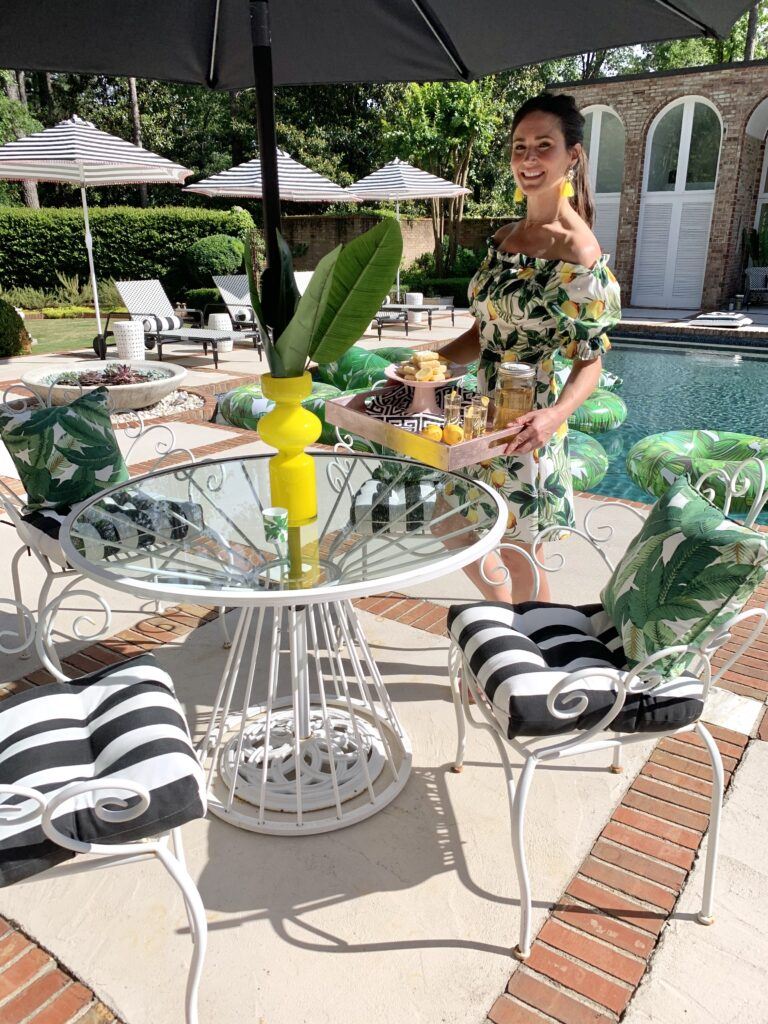
Limoncello is an Italian lemon liqueur made from the zest of lemons, sugar, water, and alcohol.
In Italy, limoncello is often enjoyed as an aperitif (before a meal) or a digestif (after a meal) and is served chilled (but not over ice). It’s usually served in a shot glass or cordial glass because of its high alcohol content.
As I began to look at many different limoncello recipes, I never knew the amount of time that went into making it. Patience is key for this recipe, but rewarded with results!
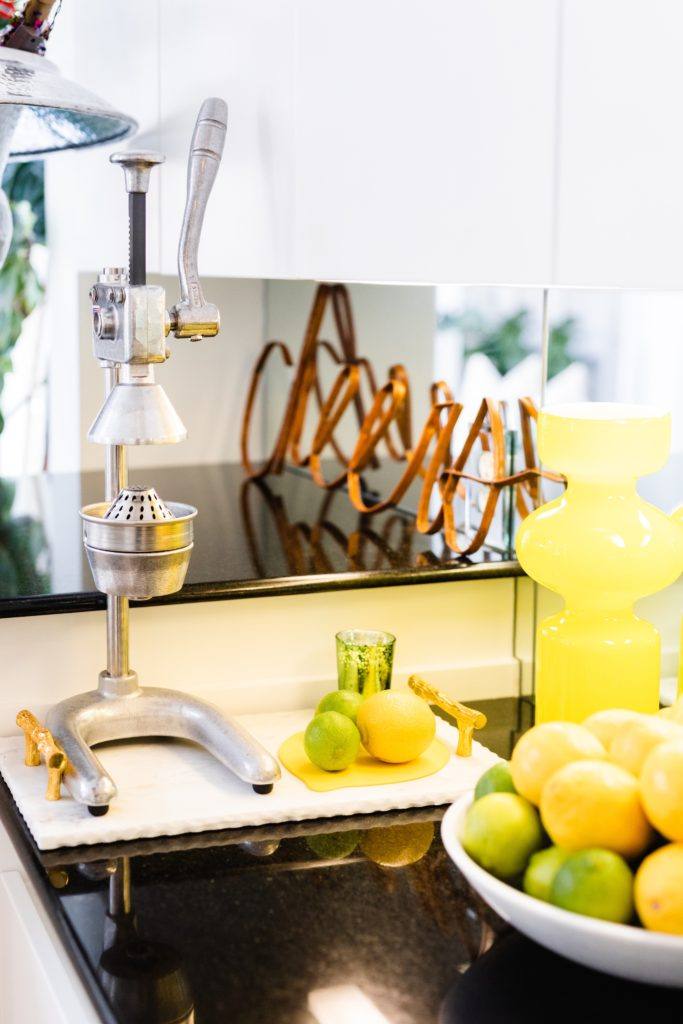
Lemons
Over the past few years, I’ve grown to love lemons and started my day drinking a glass of water with fresh lemon juice (either from a half or a full lemon freshly squeezed) along with apple cider vinegar. The acidic taste of the lemon was an acquired taste at first, but now I look forward to drinking this lemon water every morning. It’s no wonder I love the lemony taste of limoncello, too.
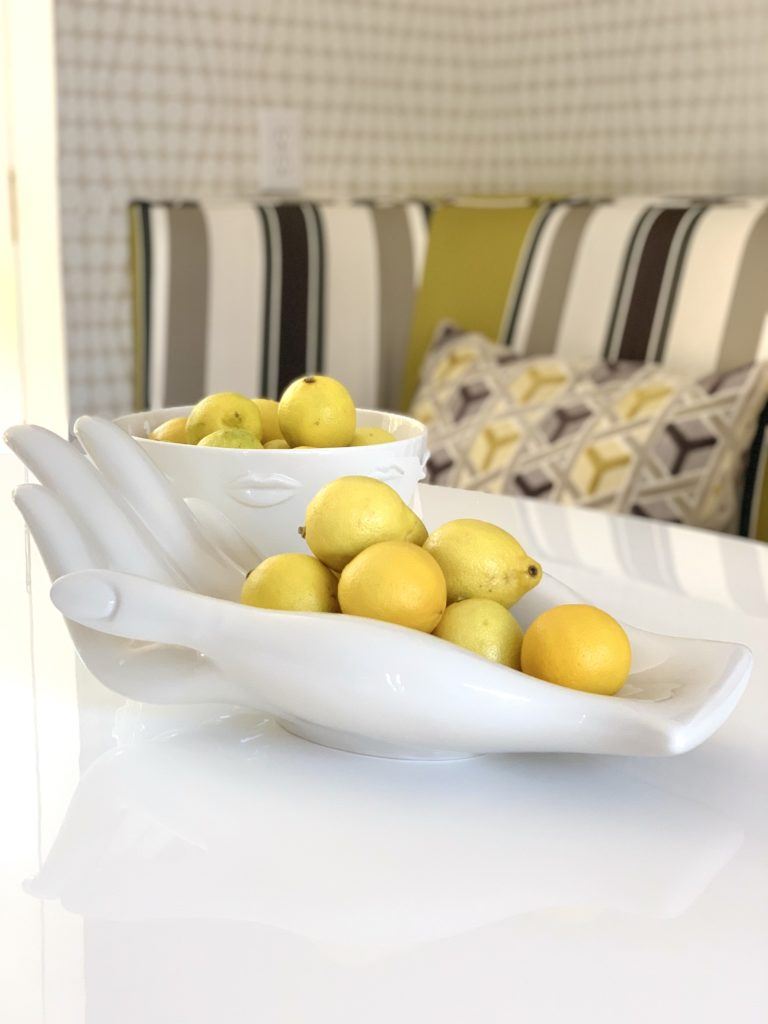
I began to search online for Limoncello recipes. Some of the recipes made their limoncello with pure 120-proof to 150-proof grain alcohol (Everclear) and some with 100-proof vodka.
It’s said that Limoncello improves with time and sometimes even the bitter burn of the alcohol fades and the lemon flavor becomes more prominent. So be prepared that this recipe will take time; “patience” will be one of the ingredients of the recipe.
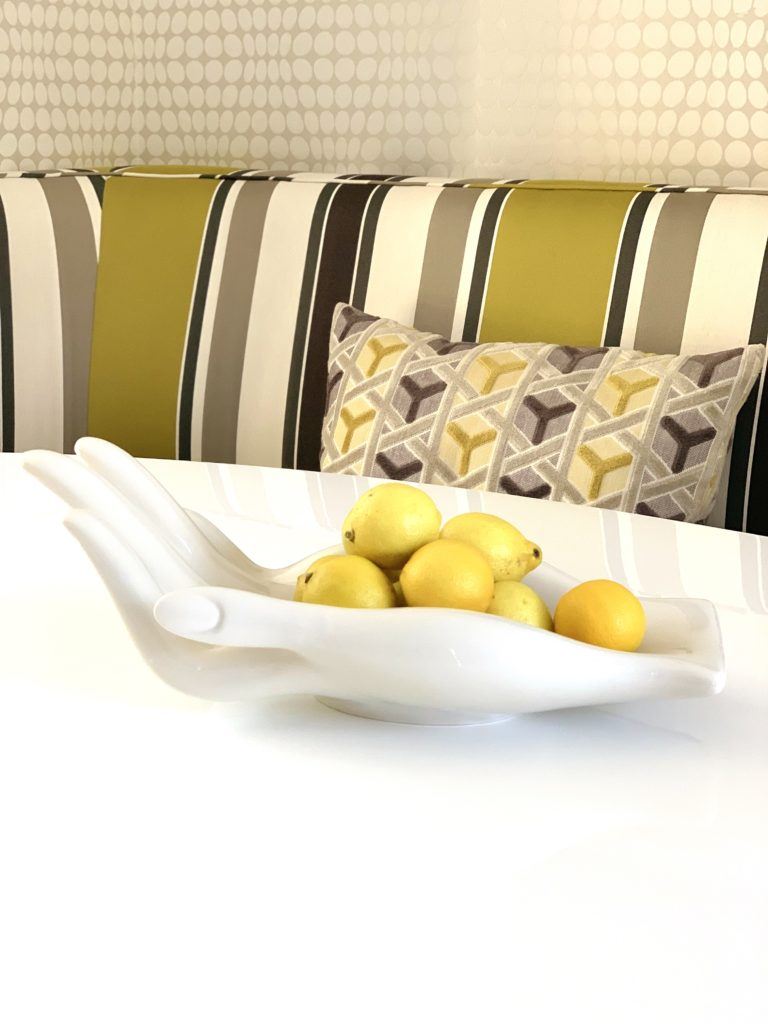
Organic Lemons
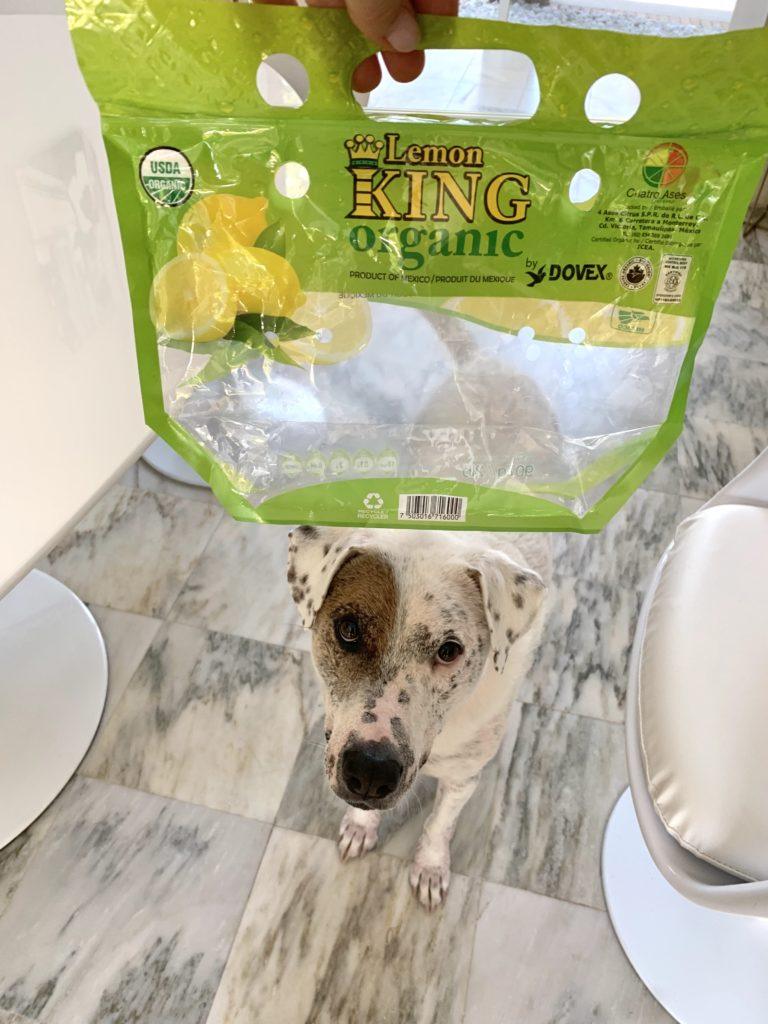
You need 12 Organic Lemons.
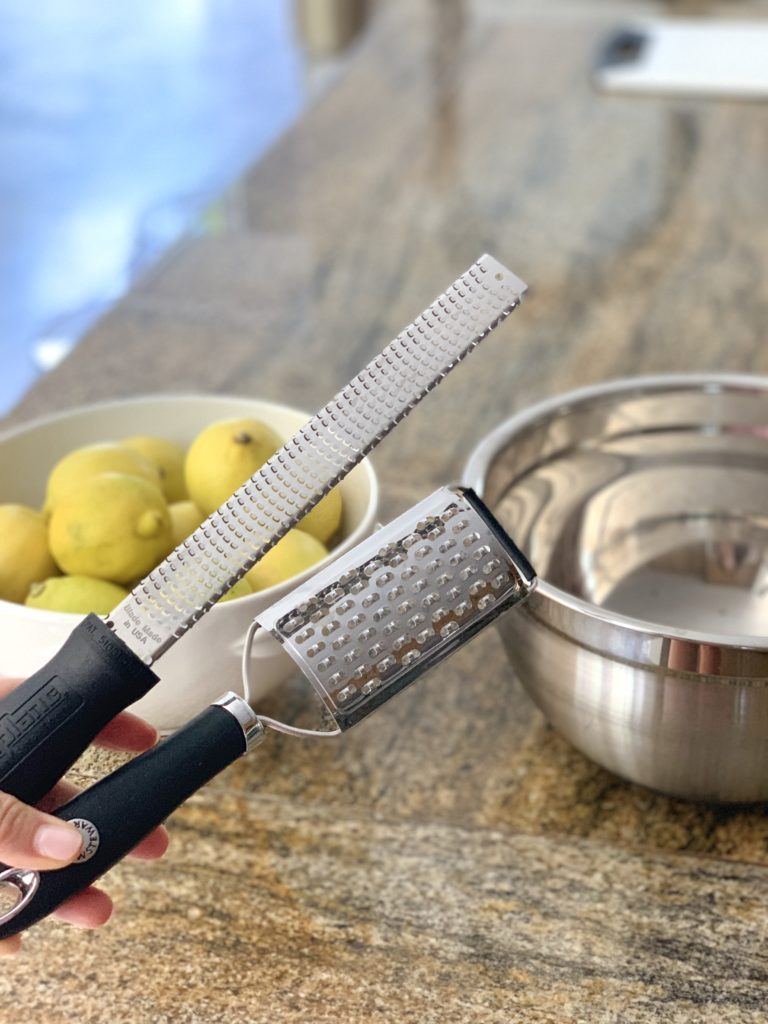
Peel or Zest the lemons. I chose to Zest the lemons for my first batch. I am going to try peeling the lemons on my next batch. When zesting or peeling the lemons, try to avoid the pith (the white part underneath the yellow skin of the lemon). If there is a lot of pith included, this will add a bitter taste to the limoncello.
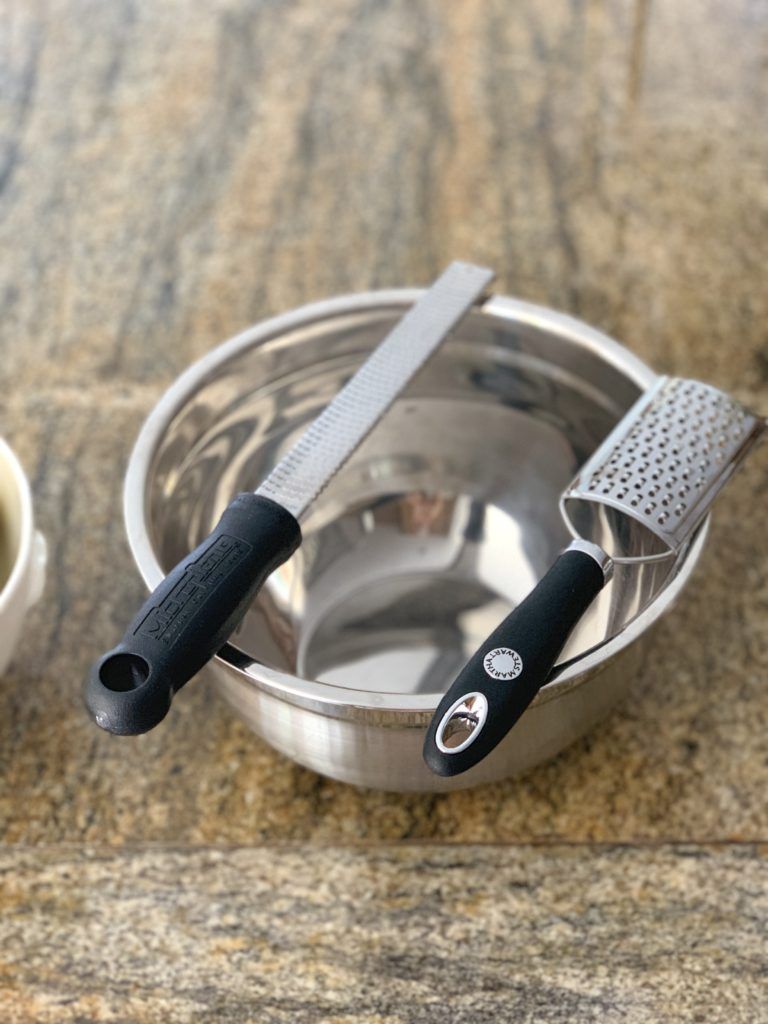
If you decide to peel the lemons instead of zesting and get a lot of white pith, take a smaller knife or paring knife and carefully try to remove as much white pith as possible.
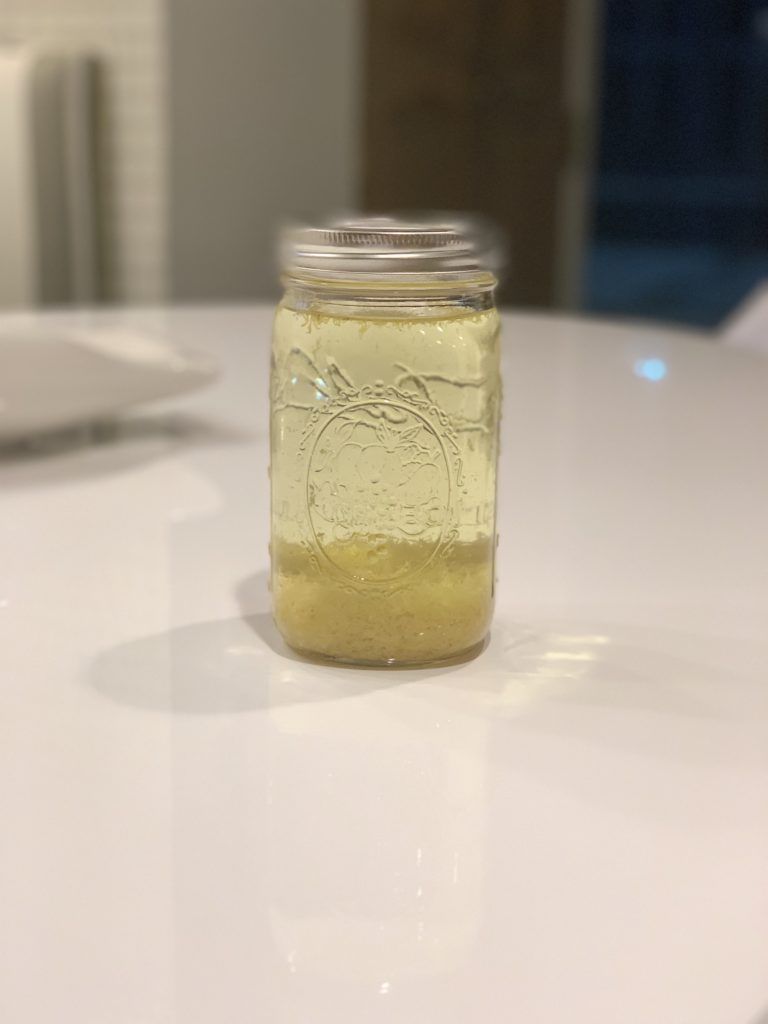
Place the lemon zest or peel of the 12 lemons in an airtight container, preferably a glass container or even a large glass mason jar. Cover the lemon zest or peels with the alcohol. Secure lid and place in a cool, dark location for at least 2 weeks up to 4 weeks or even longer. The longer it steeps, the stronger the lemon flavor will be. Some recipes call for it sit for at least 40 days.
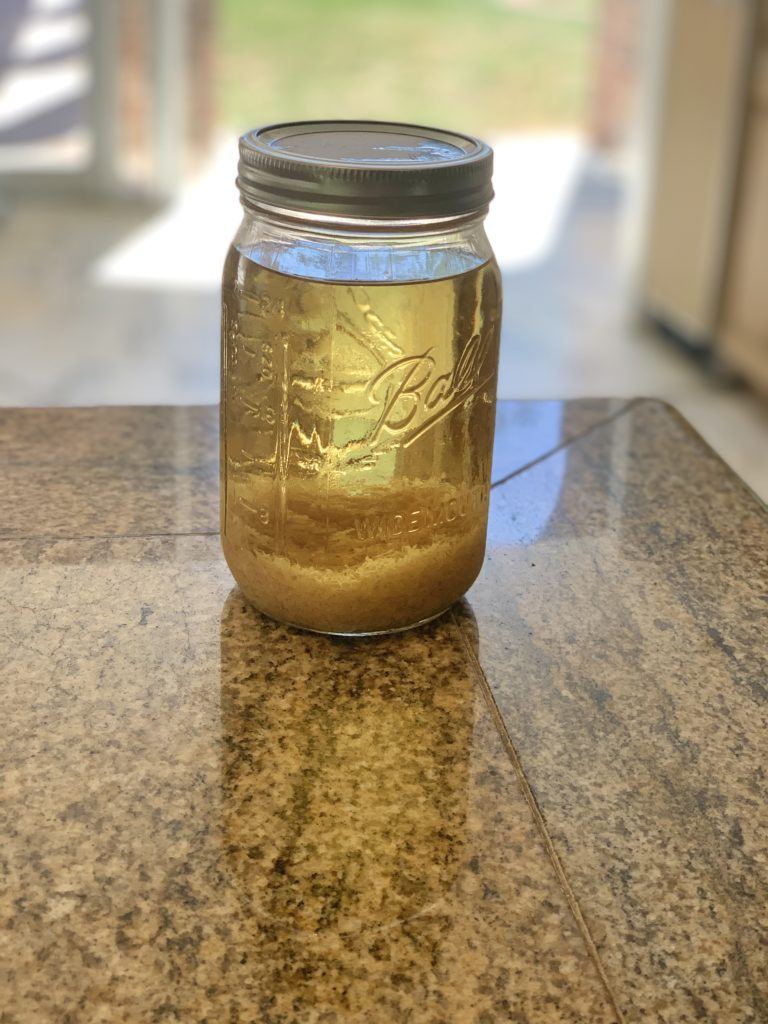
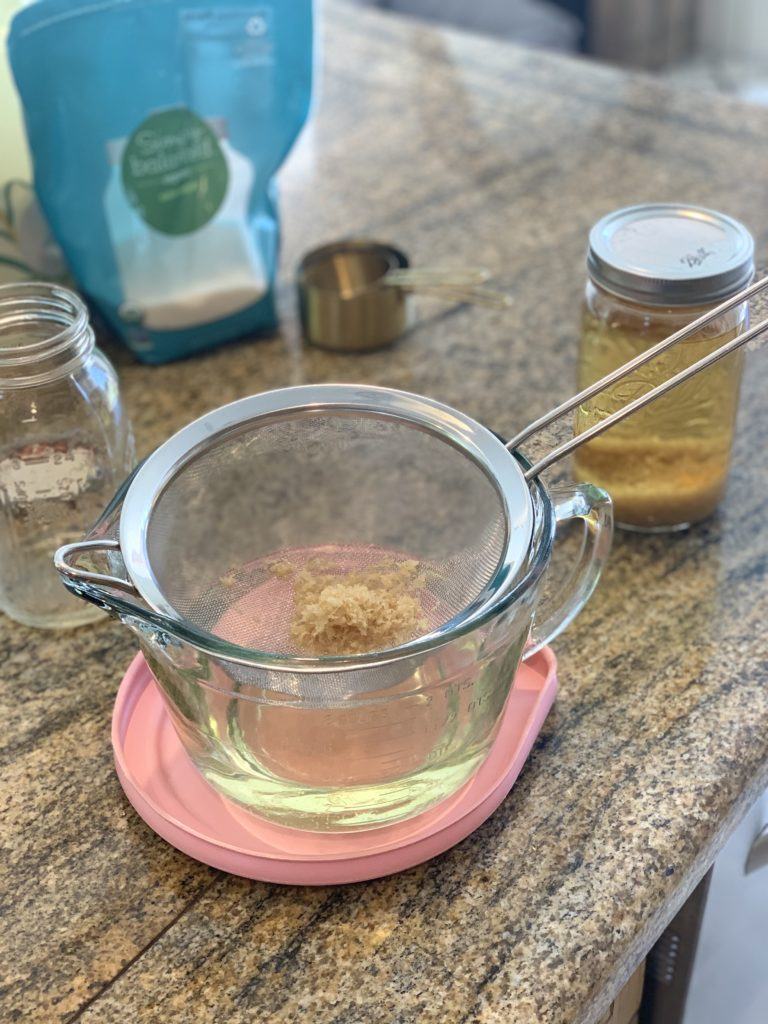
After a couple of weeks, the peel or zest should have turned white. Strain the limoncello with a fine mesh sieve into a glass container, discarding lemon zest or peels. You can also add a coffee filter to the fine mesh sieve to remove even more for a cleaner, smoother limoncello.
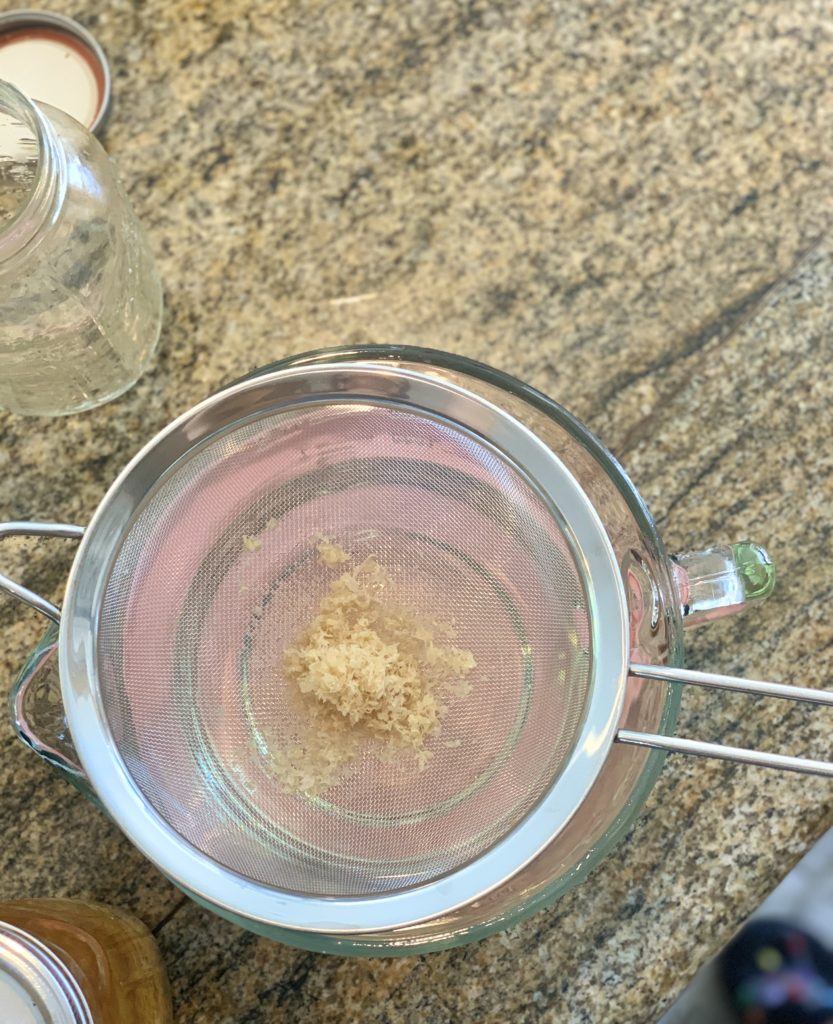
Getting closer to the final steps!
Combine 1 1/2 cups of granulated sugar and 3 cups filtered water in a saucepan set over medium high heat. Bring to a simmer, stirring occasionally until sugar is completely dissolved. Remove from heat and let cool 10-15 minutes. Then pour into your glass container or large glass jar with lemon liqueur. Secure lid and return to the cool, dark location to rest, at least 2 weeks or more. Again, some recipes say at least 40 days. The longer you let it rest, the better the taste your final limoncello will be.
Once limoncello is ready, use a funnel to divide limoncello among three half-liter glass bottles or other glass containers. You can store the Limoncello in the freezer or chill in the refrigerator for at least 24 hours before serving.
If you use 100 proof or higher proof alcohol, it can be stored in the freezer. When made with a product that is 150 proof or higher, the limoncello will remain liquid even if stored in the freezer. If you decide to use 100 proof alcohol for your limoncello recipe and store it in the freezer, it’s possible it will freeze to a slushy consistency. If you decide to use a vodka that is 80 proof because that is what you have on hand and you keep it in the freezer, the limoncello will turn to ice and freeze. It would be best to keep it in the refrigerator to stay chilled.
Limoncello is best consumed within 2 years of creating or opening it. Limoncello will not go bad, but may lose some of its lemon scent and flavor over time.
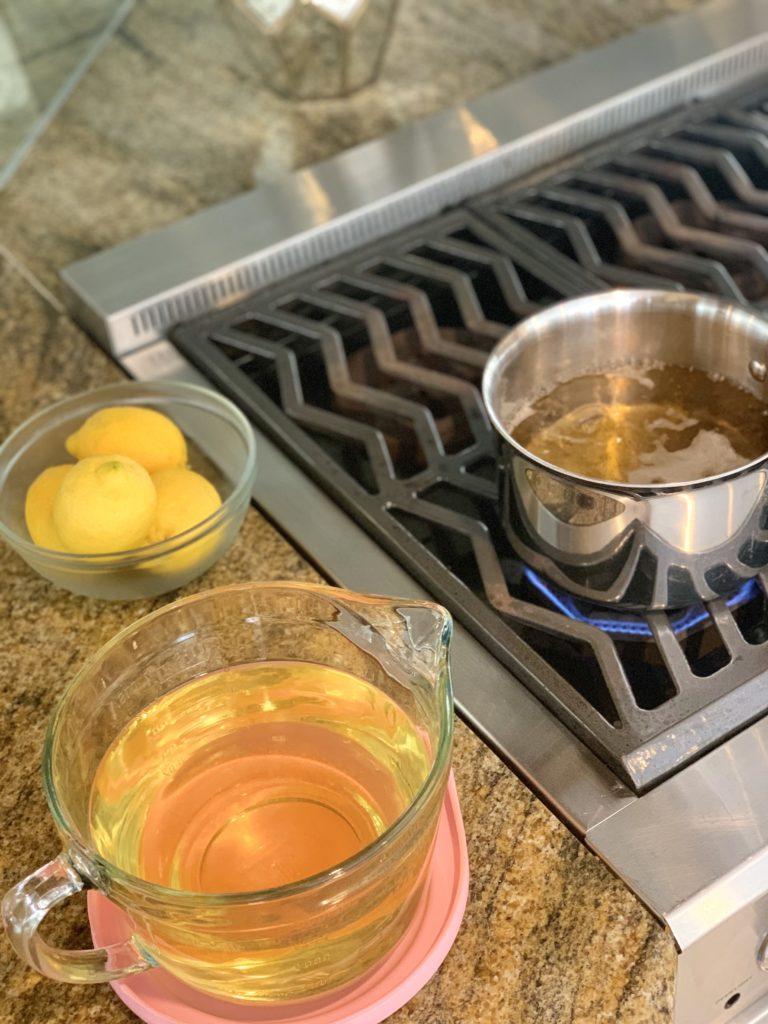
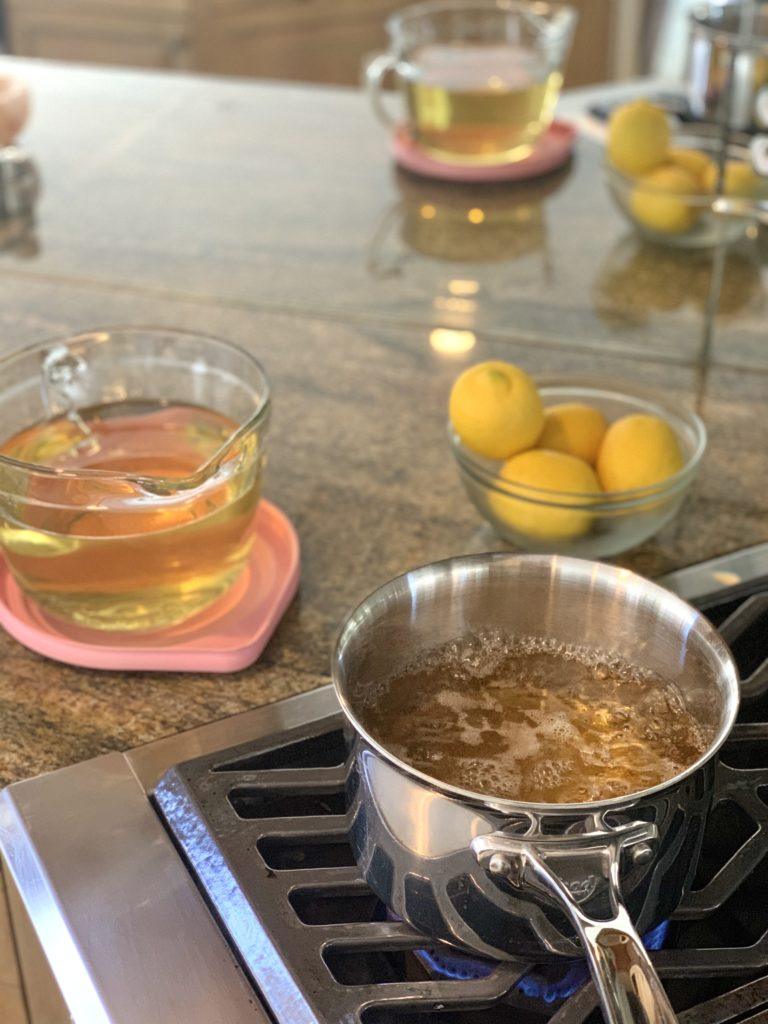
Homemade limoncello would be a great hostess gift and perfect for holiday gift giving. This is great to make a couple of months ahead because of the many steps and the time that it takes to make. It can be stored until needed.
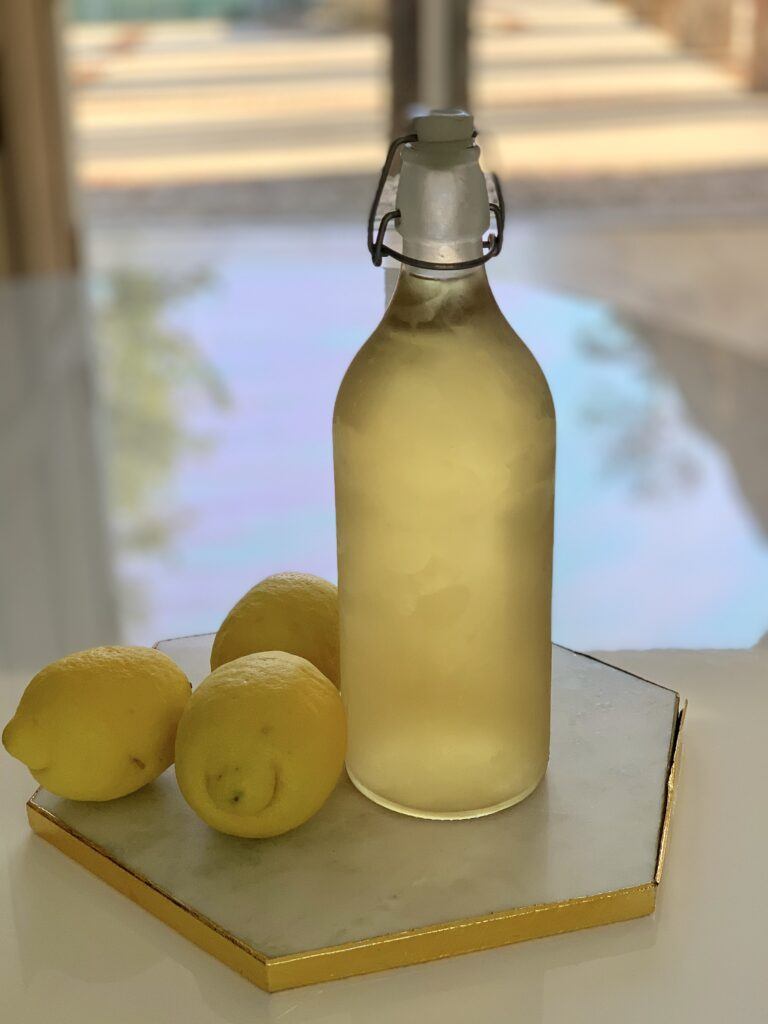
Limoncello Recipe
- 12 organic lemons
- 1000 mL Everclear whole grain alcohol or 100-proof vodka
- 1 1/2 cups granulated sugar
- 3 cups water
Directions:
- Peel or zest the lemons, taking care to just zest the outermost yellow peel and none of the white pith inside. If necessary, carefully cut off any residual pith with a small pairing knife.
- Place lemons in a large glass mason jar or other glass container than can be sealed airtight. Cover with everclear or vodka. Secure lid and place in a cool, dark location for at least 1 week and up to 4 weeks.
- When liquor is yellow in color and peel begins to turn white and easily snaps in two pieces when bent, limoncello is done. The longer it steeps the stronger the lemon flavor will be.
- Strain limoncello into a clean class jar, discarding lemon peels. If desired, strain the lemon liquor again through a fine mesh sieve lined with a coffee filter. This will remove even more residual solids and result in a smoother final product.
- Combine sugar and 3 cups filtered water in a saucepan set over medium high heat. Bring to a simmer, stirring occasionally until sugar is completely dissolved. Remove from heat and let cool, then pour into glass jar with lemon liquor. Secure lid and return to your cool, dark location to rest, at least 2 weeks or more. The longer you let it rest, the better your final limoncello will be.
- Once limoncello is ready, use a funnel to divide limoncello among three half-liter glass bottles or other glass containers. Chill in the freezer for at least 24 hours before serving.
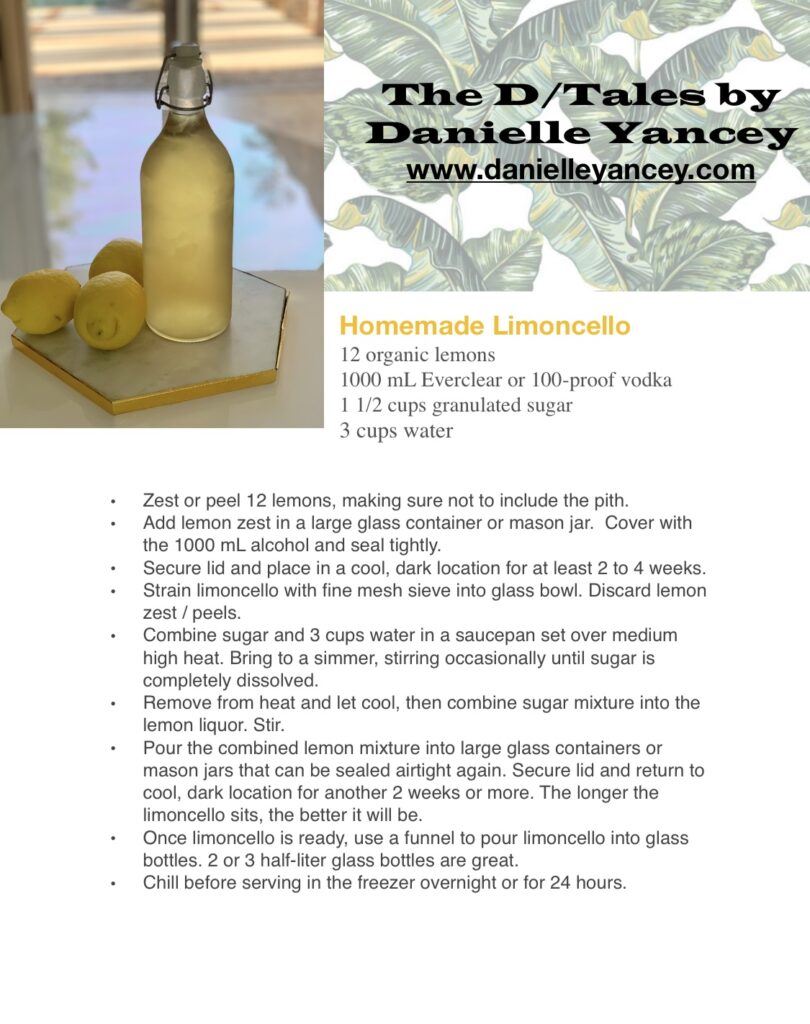
Limoncello Martini
A Martini with a Lemon Twist!
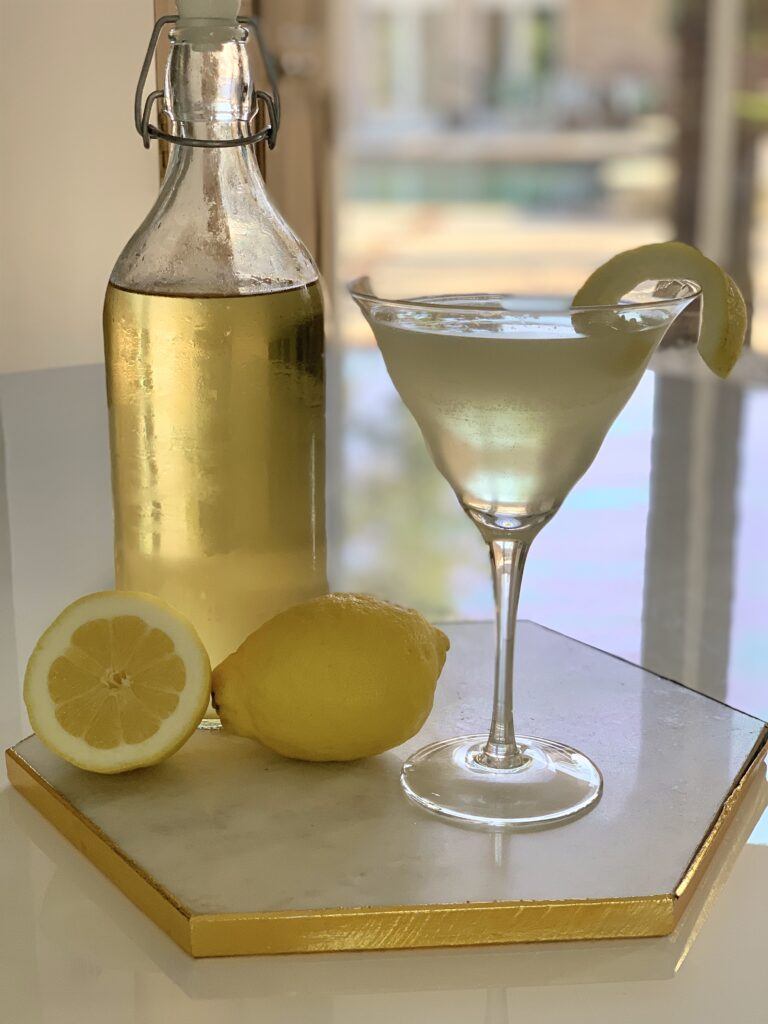
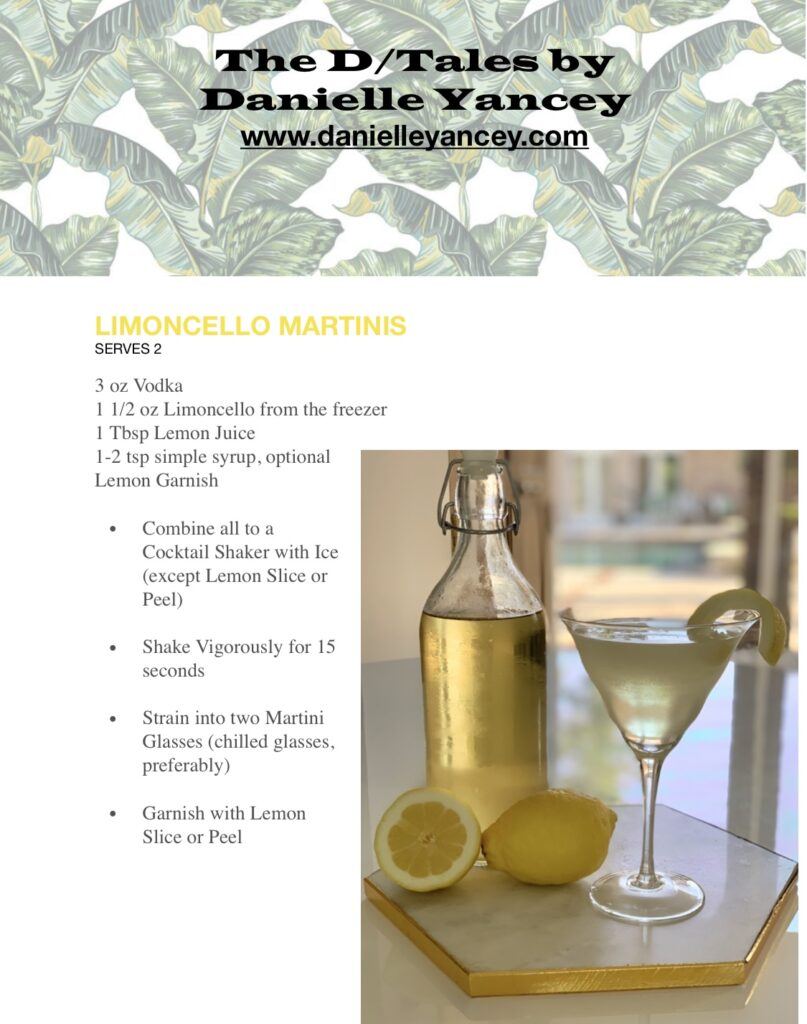
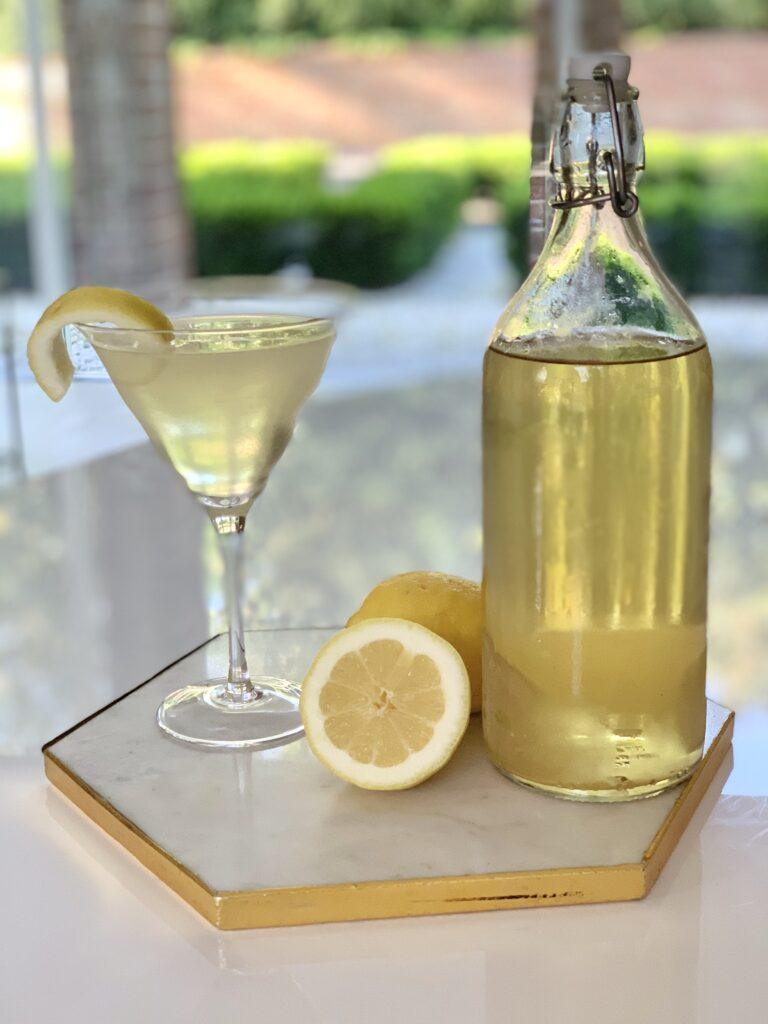
For Dessert, I made Lemon Squares to pair with this After-Dinner Digestif.
